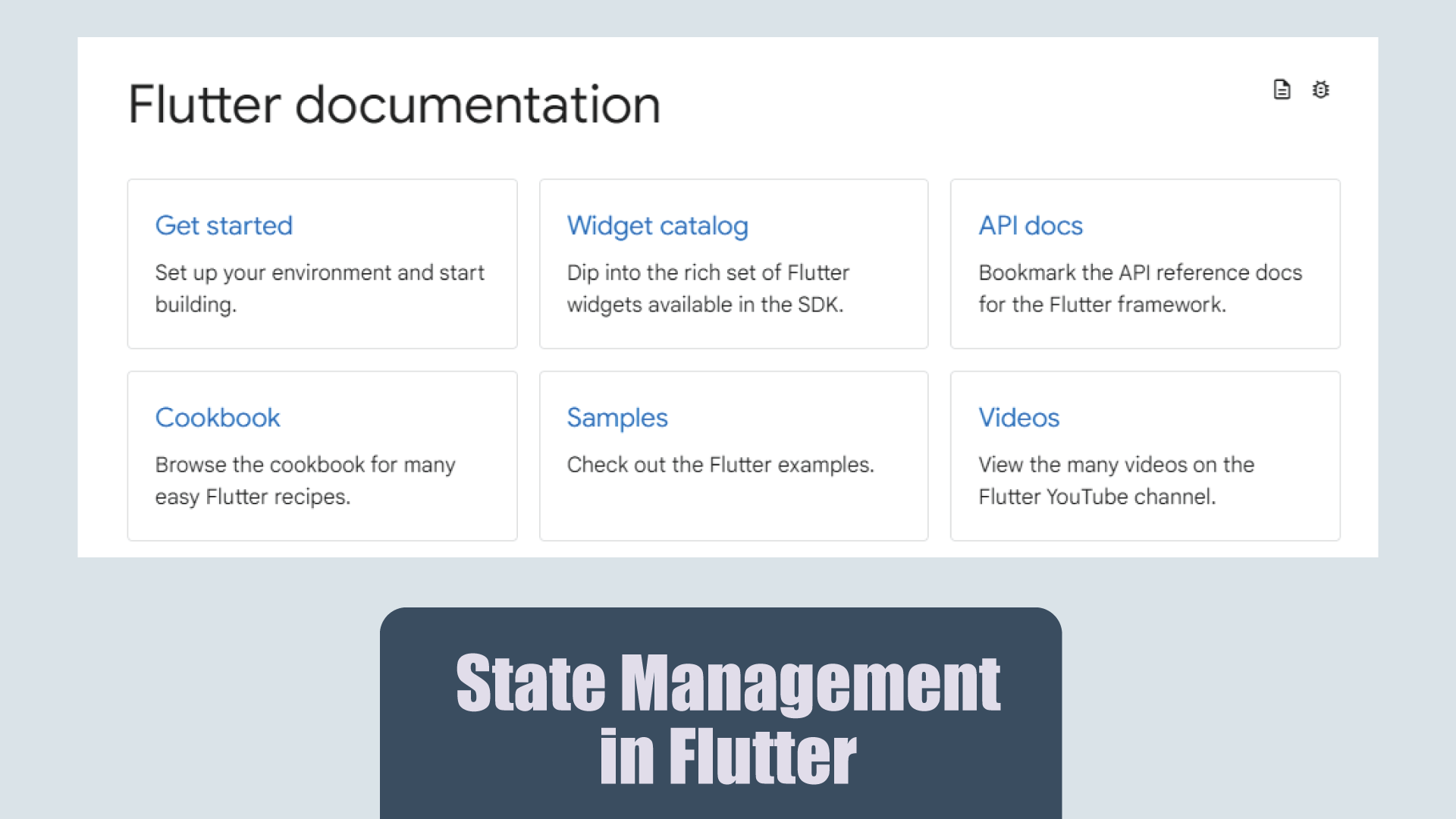Introduction
State management is a critical aspect of Flutter development, influencing how data is managed and updated throughout an application. With various state management approaches available in Flutter, choosing the right one for your project can be challenging. In this guide, we’ll compare different state management approaches and provide guidance on selecting the most suitable approach for your Flutter app.
Understanding State in Flutter
In Flutter, state refers to any data that can change over time and affect the app’s behavior or appearance. Managing state effectively is essential for building responsive and dynamic applications.
Overview of State Management Approaches
- setState: Flutter’s built-in method for managing state within a widget.
- InheritedWidget: A mechanism for sharing data across the widget tree.
- Provider: A popular third-party package that simplifies state management and dependency injection.
- Bloc: A pattern for managing complex state and business logic.
- Riverpod: A simpler, more modern alternative to Provider for managing state and dependencies.
- Redux: A predictable state container inspired by Flux and implemented in Flutter through third-party packages.
Pros and Cons of Each Approach
Each state management approach has its strengths and weaknesses, depending on factors like project complexity, team expertise, and performance requirements. Understanding the trade-offs can help you make an informed decision.
Choosing the Right Approach
Considerations for choosing the right state management approach include project requirements, scalability, ease of use, and community support. It’s essential to evaluate each approach based on your specific needs and preferences.
Real-World Use Cases and Examples
Examining real-world use cases can provide insight into how different state management approaches are applied in practice. Case studies of popular Flutter apps demonstrate how state management strategies can vary depending on project goals and constraints.
Best Practices for State Management
Regardless of the chosen approach, there are certain best practices that apply to state management in Flutter. These include separating UI and business logic, minimizing the scope of mutable state, and using immutable data structures where possible.
Conclusion
State management is a fundamental aspect of Flutter development that significantly impacts the structure and behavior of your app. By comparing different approaches and considering their pros and cons, you can choose the most appropriate state management solution for your Flutter project, ensuring a scalable, maintainable, and efficient application architecture.

